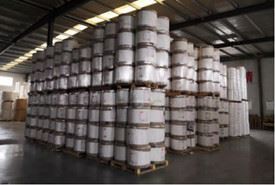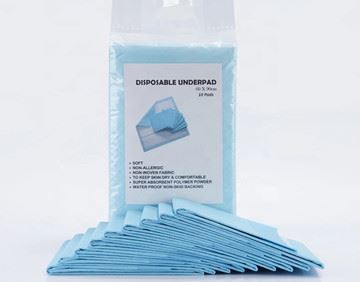
Our company has 15 production lines consisted of underpad, adult diaper, adult pull ups, sanitary pads, Non woven, PE film. And we have 3 sets of testing machine.
Learn More >>
Our products are Underpad, Pet Pad, Adult Diaper, Adult Pull-ups, Sanitary Pad, Non-woven.
LINYI ZHONGPING is a professional supplier of health care products and medical consumables. Our company was established in 2010 as a local manufacturer of health care products in Shandong Province.Our products mainly are Disposable underpads, Pet pads, Puppy pads, Adult diapers, adult pull ups, Sanitary pads,Non woven, PE film.Our company has 15 production lines consisted of underpad, adult diaper, adult pull ups, sanitary pads, Non woven, PE film. And we have 3 sets of testing machine.Our market mainly include North America, Europe and many other countries and regions.


Our company has 15 production lines consisted of underpad, adult diaper, adult pull ups, sanitary pads, Non woven, PE film. And we have 3 sets of testing machine.
Learn More >>